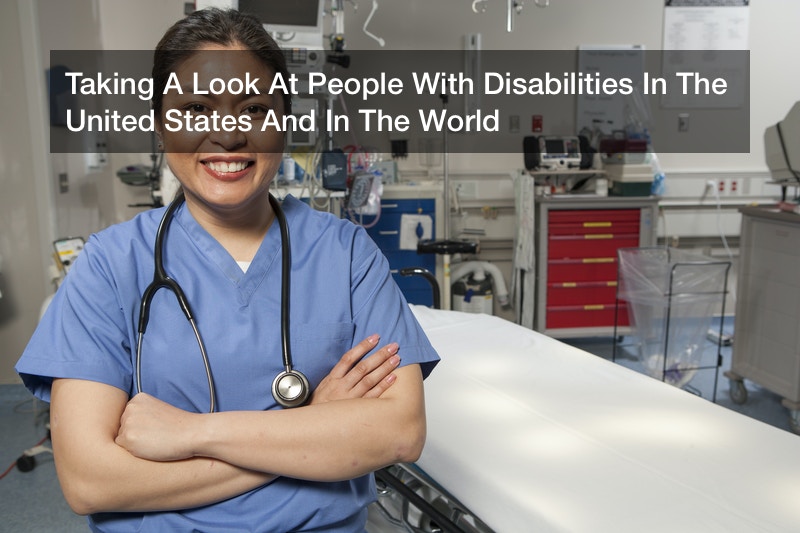

Up to 10% of all people in this world are currently living with a disability of some kind, a number that accounts for up to 650 million people. Disabilities can look like many things, and can stem from many different places. In fact, anything impairing mobility, hearing, sight, cognition, or even self-care is likely to be counted as a disability, at least by the Census Bureau of the United States. And disability can arise in many different ways.
In fact, even old age is known to lead to disability, especially in countries where the average lifespan extends over the age of 70 and people lead significantly longer lives. In such cases, it is likely that any given elderly person will live with a disability for nearly 10 years before ultimately passing on, a period of time that ultimately makes up more than 10% of their lives. For many people, of course, disabilities begin at birth – or even before birth, as ultrasounds and genetic testing can help to diagnose a number of disabilities even before the baby in question is actually born. Birth injuries have also been known to lead to disability, often life long.
And accidents and illnesses can also both lead to disability. Paralysis is a common result of injury and can occur to a number of different degrees. Paralysis might make a victim wheelchair bound, but might require that the care for said person include further intervention as well. It all depends on the cause of the injury and the extent of the injury as well. And medical events like stroke can lead to paralysis and other difficulties as well, as can diseases like cancer and even meningitis.
Most people with disabilities are looking to be as self-reliant as possible. In years past, being self-reliant and having a disability was much more difficult. In today’s world, though, accessibility has become more critical than ever before, something that allows more and more people to be self-reliant in situations where once, being self-reliant would not have been particularly possible.
For one thing, moving about using public transportation is one way in which someone who is wheelchair bound (as more than three and a half million people are here in the United States alone) can be hugely self-reliant. Changes in public transportation have allowed for this, as now up to 98% – nearly all – of all buses used for public transportation can accommodate wheelchair users at any given point in time. Fortunately, trains and other methods of public transportation have improved in this way as well.
And other methods of improving accessibility for those with limited mobility have also come into play. For one thing, there are more ramps and easily accessible entryways for those in a wheelchair or who deal with any kind of mobility issue at all, allowing more and more people to be self-reliant in their day to day life. Simply moving around in the world is a form of being self-reliant that many could have only dreamed of in years past. Fortunately, this is only a type of being self-reliant that is likely to grow only more and more possible in the years that are ahead.
In addition to this, being self-reliant is easier for wheelchair users than ever thanks to an increase in the quality of the wheelchairs that they use. There has also been an incredible increase in wheelchair variety. For instance, wheelchairs that fold have become more easily accessible than ever. For a person who likes to travel, getting a wheelchair that folds is certainly something of a dream come true. A wheelchair that folds can also even just make it easier to drive around places without worrying about securing the wheelchair tires of wheelchairs that are rigid (though these wheelchairs are certainly still hugely beneficial for many people throughout the country and throughout the world as a whole, of this there is no doubt).
At the end of the day, there are a number of challenges to living with a disability. Fortunately, being self-reliant while having a disability has become easier to accomplish than ever before.

